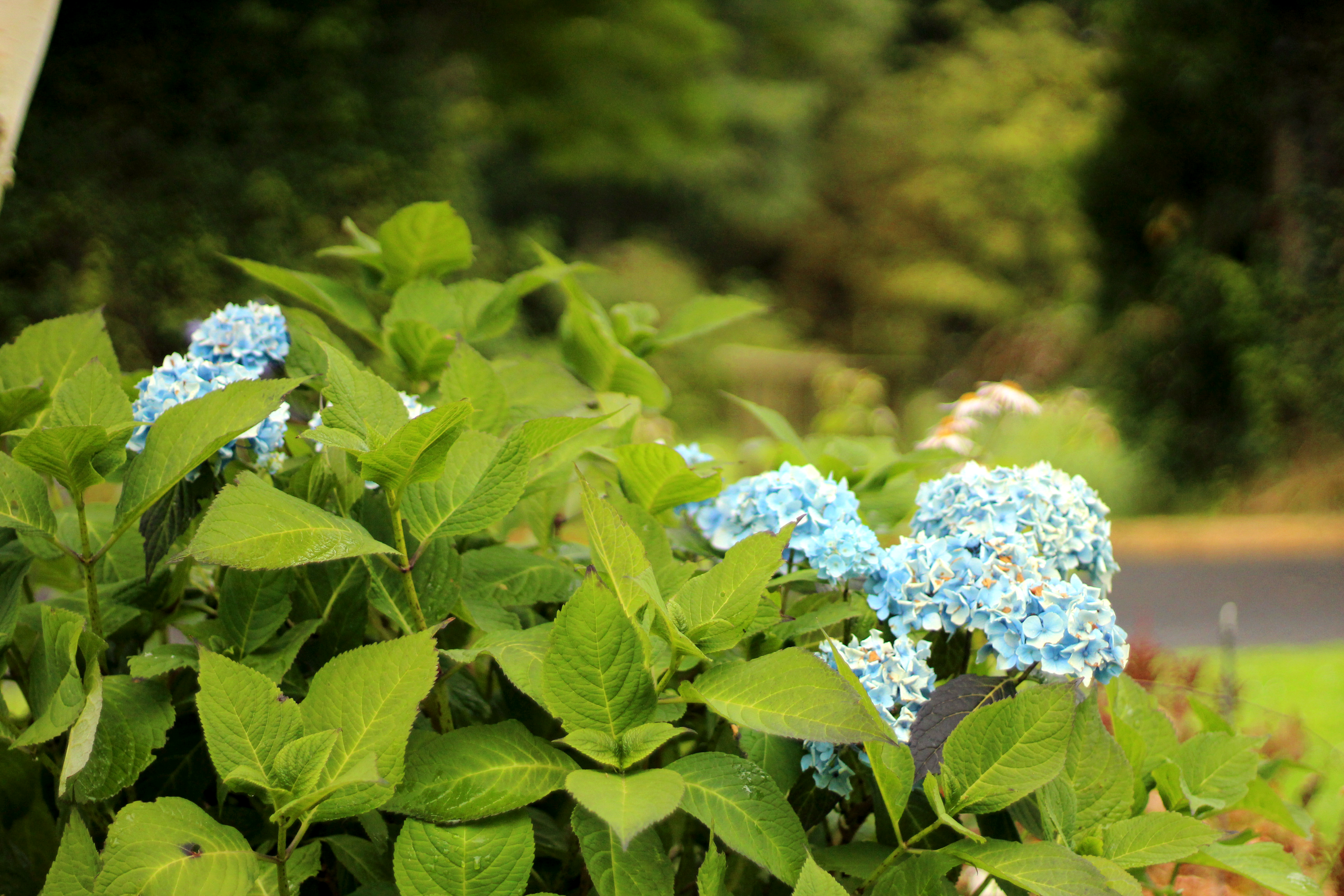Hydrangea macrophylla 'Bailmer' (H) = Endless Summer
Approx. 0.5 litre pot
About this cultivar:
Hydrangea macrophylla 'Bailmer' (H) = Endless Summer stands out among other mophead cultivars for its remarkable ability to bloom continuously on both old and new growth. Unlike many other varieties, it forms flower buds not just in autumn but also on fresh growth during spring and summer.
Introduced in 2004, this cultivar made waves in the realm of woody ornamentals, marking the pioneering debut of a 'reblooming' Hydrangea macrophylla. Originating from Minnesota in the USA, it is also very hardy over winter.
They thrive in acidic soil, resulting in striking blue florets, or in alkaline soil, producing pinker blooms. Sporting dark green, serrated leaves ranging from obovate to elliptic, this cultivar delights with repeat blooms from July through Autumn.
- Position: Full sun, partial shade
- Soil: Almost any soil, grows well in Ballyrobert
- Flowers: June, July, August, September
- Other features: Grows well in Ballyrobert
- Hardiness: H7 - Hardy in the severest European continental climates (< -20°C), Fully hardy - grows well in Ballyrobert!
- Habit: Clump forming, bushy
- Foliage: Deciduous
- Height: 100 - 150 cm (3.5 - 5 ft)
- Spread: 100 - 150 cm (3.5 - 5 ft)
- Time to full growth: 5 to 10 years
- Plant type: Herbaceous Perennial, shrub
- Colour: Green, blue
- Goes well with: -
About this genus:
Hydrangea (hy-dran-je-a) get its name from the Greek hydor, water, and aggeion, a vessel, or vase, in reference to the shape of the seed capsule. It is a classic garden plant. The genus Hydrangea contains about 75 species of shrubs, trees and woody vines, along with hundreds of named cultivars. Hydrangeas are grown primarily for their large flower clusters that vary in shape from flat lacecaps, to long panicles, and large, round mopheads.
At Ballyrobert we only really grow cultivars from the species paniculata (pointed panciles of flowers) and arborescen (mopheads of flowers). You may read lots of different things about pruning paniculata cultivars. We find the best thing to do is shear them back hard to about three feet from ground level in March (spring) each year. For the mop-headed Hydrangea arborescen cultivars we cut them back further to ground level each March. Strange, as the name (arborescen means 'tree like') would imply you leave them alone.....
Hydrangeas grow best in sun or partial shade and are not too fussy regarding soil (as long as it isn't extreme). We typically grow them in mixed borders, and in our garden at Ballyrobert we have them almost everywhere!




